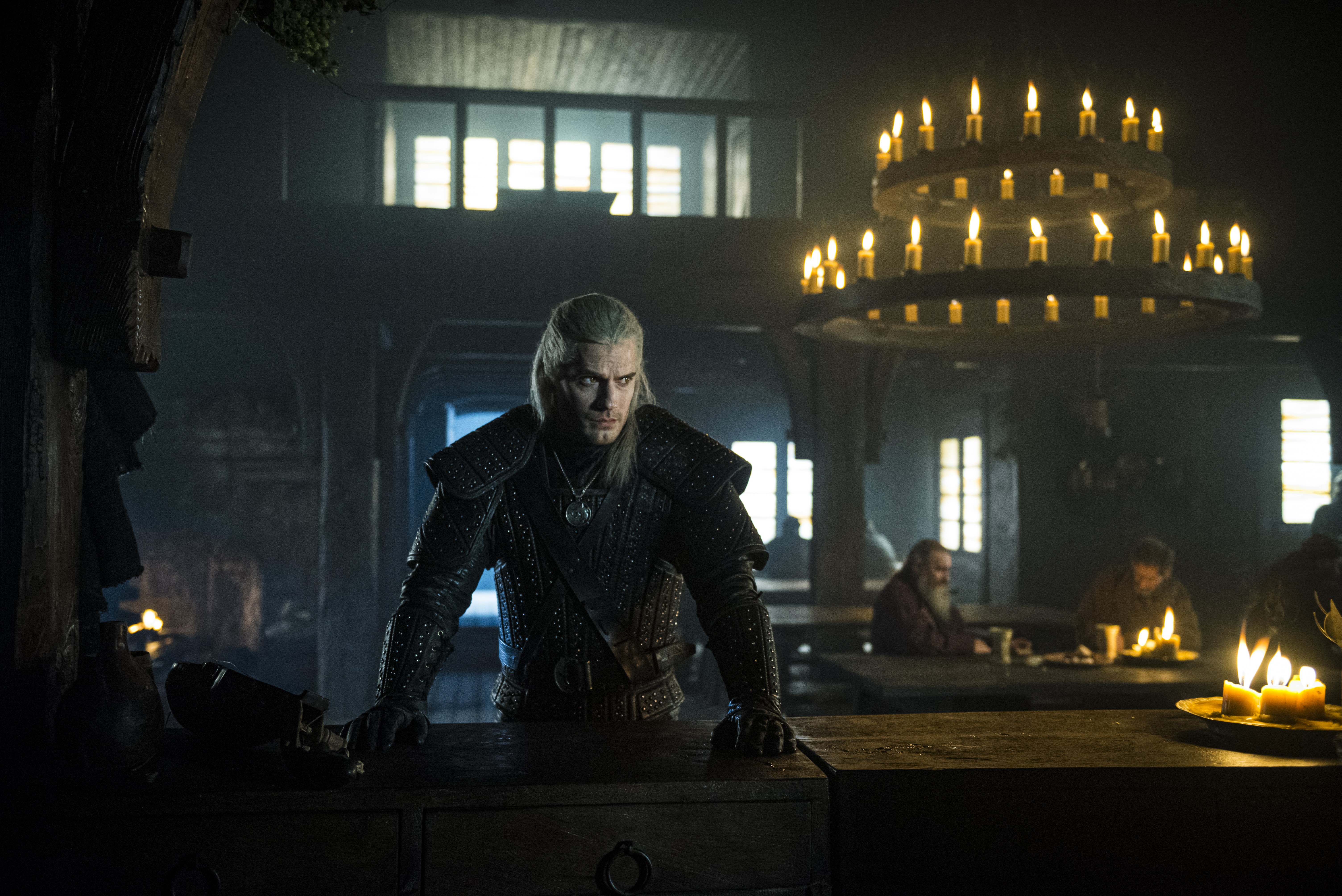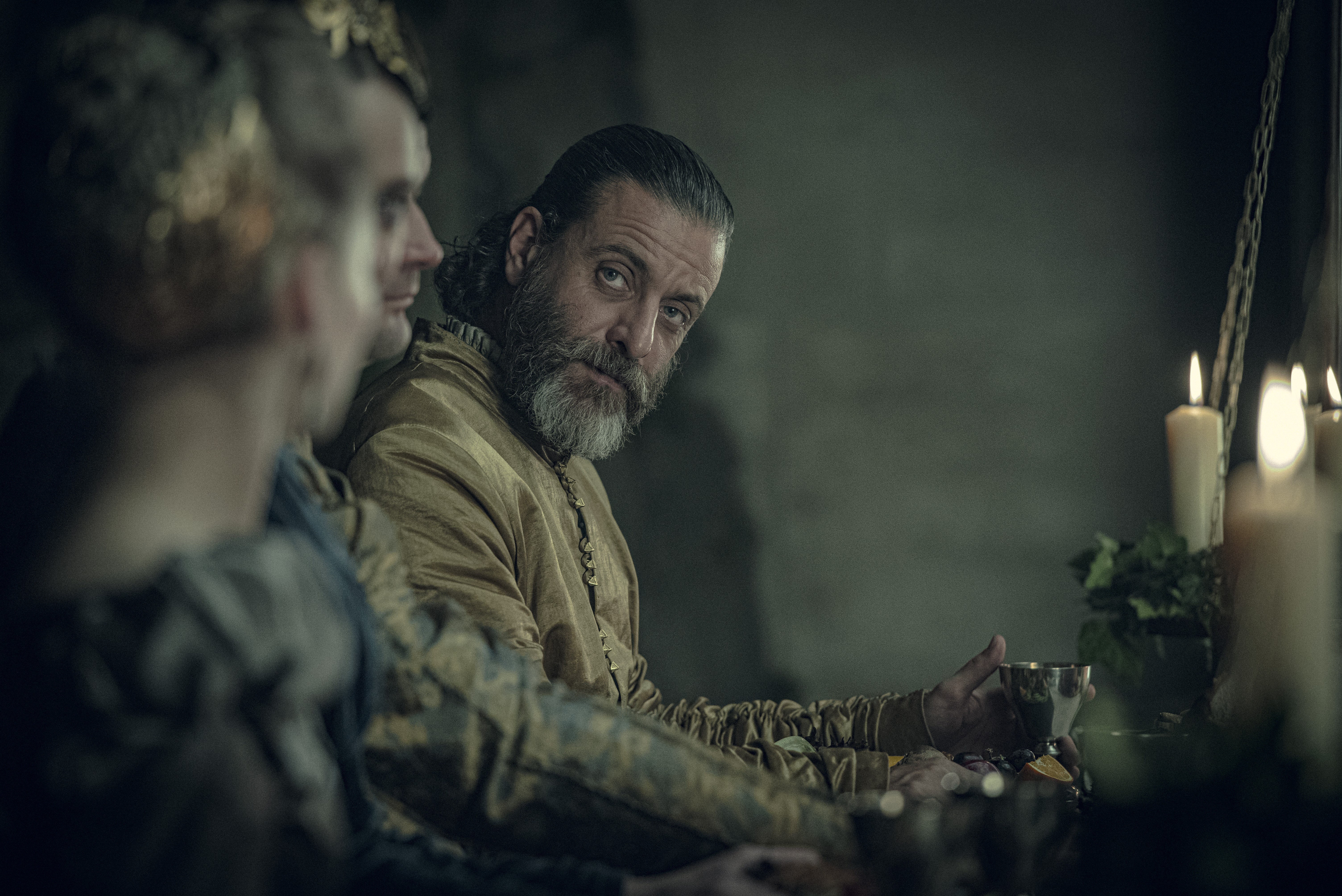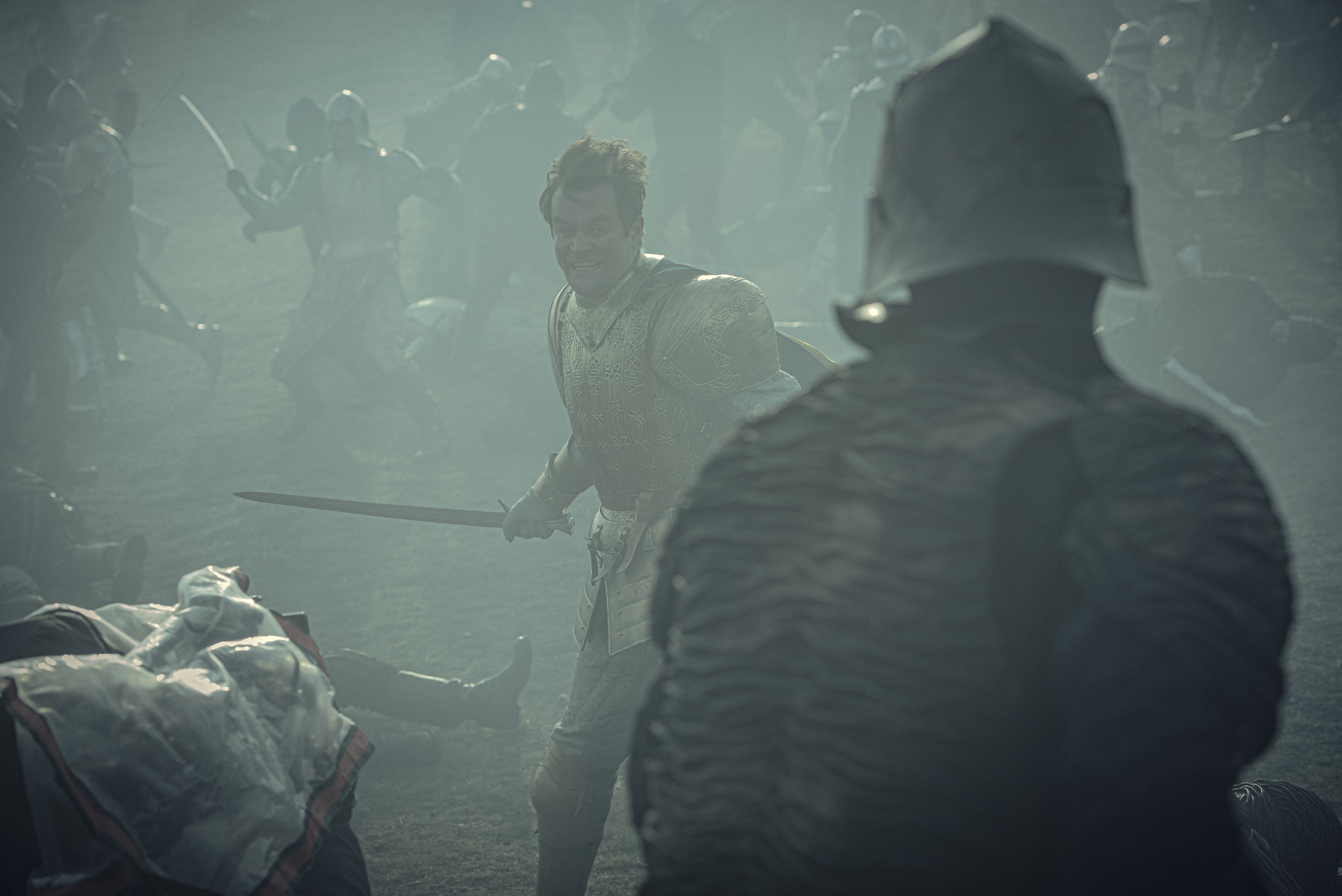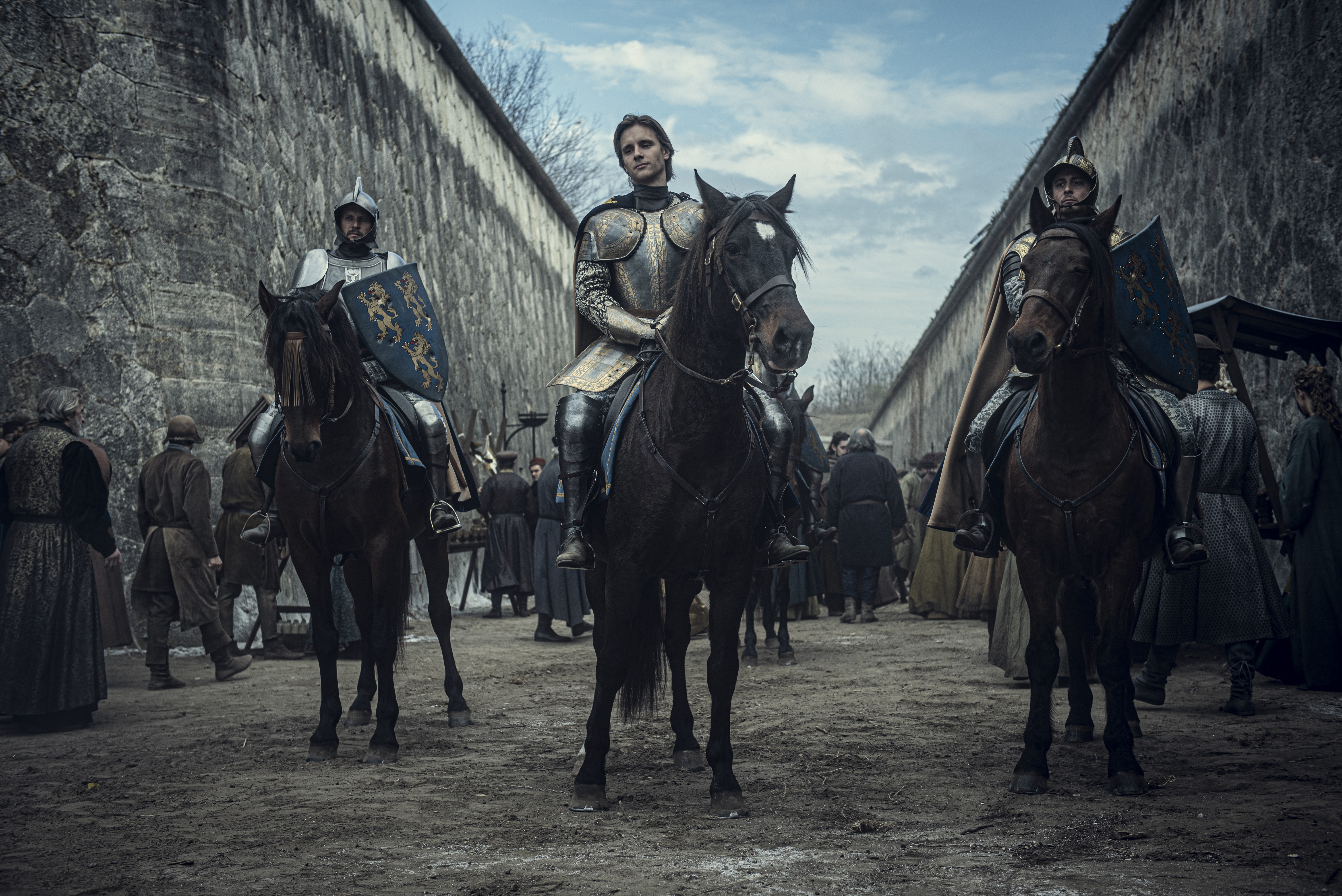The Netflix Witcher Series Thinks Way Too Big, Way Too Fast
Credit to Author: Tauriq Moosa| Date: Sat, 11 Jan 2020 19:12:54 +0000
Andrzej Sapkowski’s Witcher series, whether in books (including comics) or games, succeeded precisely because they are grounded in the small. The franchise digs its hands into the soil of the world, tugging at the roots of large themes—then lets those themes grow and blossom. There are longer and grander narrative arcs in the Witcher series, as enormous and gnarly as an old tree, but the real fruit on its branches is those smaller stories and vignettes that capture where the lives of small communities and individual people collide with the force and flow of history.
The entire franchise centers on the titular character, a broody bastard known as Geralt of Rivia—a white-haired, cat-eyed monster hunter, a type of tradesman known as a “witcher.” He’s a professional in the literal sense in that he’s paid for his work. He lives hand-to-mouth, obtaining coin for sometimes menial work from those who barely have enough for themselves (I realize now I am describing a fellow freelancer). Aside from his incredible fighting skills, Geralt’s main trait is his intellect and knowledge: of nature, of monsters, of politics. His stories, in the books and games, are filled with themes of sexism, racism, and class: wars rage in the background against different nations, fueling xenophobic and anti-species bias that become central to several stories. Cities are “purged” of non-human species and witch hunts are quite literal experiences.
All of this is clearly ripe for all forms of adaptation, and so five years after The Witcher 3 turned Geralt into one of the most popular and famous characters in games, we now have a new Netflix series with its own take on the character. But compared to its source and to other adaptations, this Netflix series is a strange beast. Its high ambitions are evident, but they often undermine what makes the franchise as a whole so wonderful.

The Netflix series stars Henry Cavill as Geralt, portraying the grumpy hunter admirably: the growly voice, general world weary demeanor, the eye rolls, and a hulking but lonely figure. It is a far cry from the bland Superman most know him Cavill from.
But don’t count on a consistent depiction of this Geralt, in terms of how others see him. At one point he’s an unknown monster slayer, the next he’s made famous due to popular songs of a bard he’s saved, then he’s rubbing shoulders with kings and queens.
It’s hard to grab a hold on to who "Netflix Geralt" is since his relation to the world around him differs depending on where each moment occurs within the timeline of the events the series depicts—and viewers often can’t gauge that timeline.

Even if you know the broad outlines of the stories this franchise tells, it can be hard to parse what is happening. The Netflix series follows some of the stories from the book The Last Wish but, as others have highlighted, knowing that collection of stories won’t help you that much.
The books tend to treat Geralt as fairly static, meaning it’s somewhat irrelevant what he’s been through. For example, in The Last Wish story “The Witcher”, Geralt is introduced by way of accent and geography, nothing more. “The Witcher” is about incest, a king’s curse and the creation of a monster. Geralt goes from walking into an inn to tracking a beast in a creepy castle. He succeeds and that’s the end of it. Netflix adapted this story in its third episode and it’s perhaps the best part of the whole series. Coincidentally, this is also where the video game series began: the denouement of this story forms the opening cutscene of The Witcher.
In the next story in The Last Wish “A Grain of Truth,” we’re given an example of Geralt’s intellect.
The witcher observed the birds for a long time then – bearing in mind the shape of the land, density of the wood, depth and course of the ravine which he suspected lay in his path – calculated the distance to them, and how long he would take to cover it.
“Grain” is perhaps my favorite Witcher story, as we have our favorite grumpy witcher stumbling into the backend of a fairy-tale – this time Beauty and the Beast. By the end, Geralt saves the beast and walks away.
While the Netflix show does, of course, dabble with such adventures, they are not the focus. Like the third game, and the Saga series of books, the Netflix series’ main focus is on a young princess called Ciri – “promised” to Geralt as a daughter, as reward for saving Ciri’s dad. Ciri, it turns out, is an all-powerful, godlike conduit for various, inexplicable powers.
But, as the name of the book series suggests, this is a big theme. A theme that may be too big for just eight mere episodes to convey. The Netflix series wants the small delicious fruits of the short stories and the giant tree of the Saga plot, with its tangled branches, weaving between timelines, places and major characters—demanding you hang on to places and people you’ve seen or only heard once.
To switch metaphors: The Netflix series doesn’t just throw the audience in at the deep end, but holds us underwater.
To be fair, this isn’t entirely unique to the TV series. Most people, as I noted, probably know the franchise primarily through the games – in particular, the third one. However, it is a simple fact that many played that third one without having played the first two. Much of this complicated world had to be gleaned from research, as the game did little to ease players into its lore.
But once you obtained background knowledge, the third game delivered on balancing big and small stories. Players could tackle the big main plot, but were also forced – by virtue of mechanics – to take on side-quests. These were small stories, where ordinary people required Geralt’s talents to solve some problem: a ghost by a well, a missing wife, a missing daughter, night watch soldiers found dead. It played like a weekly procedural, with Geralt as detective. He used his deduction skills, obtained evidence, interrogated witnesses and sometimes suspects—and then, since law is a joke to the people of this world, Geralt could decide on the appropriate response. As noted above, this is also what he did in the short stories.
The show is often beautifully-shot and well-scripted, with excellent performances all around. But often you’re subjected to tedious, drawn out scenes that go on too long with the plot seemingly ground to a halt or needlessly obscured.

For example, in the finale episode, after a poorly lit fight with monsters, Geralt literally just lies around. There’s a big battle taking place in the background, which is fun for a bit—before you realize you don’t understand why anyone is fighting, what the stakes are, or who anyone is that you should care about. With only seven episodes behind it, with an audience uncertain where exactly Geralt is in the timeline or who he knows, it’s hard to hold on to the stakes Netflix tries to set. In this final episode, Geralt doesn’t fight: he just lies in a dirty cart moaning, which is how I felt too.
By the end of the episode, Geralt finally meets Ciri. It’s a big moment, since the two characters have been apart throughout the first season. But viewers still don’t know why Ciri is important, where her powers come from, or the basis for the big battles.
There’s almost no monster hunting—there’s grunting at annoying humans, eye-rolling at traditions and righteous indignation for the mistreatment of the downtrodden. And it is this attempt at an epic scope that left me wanting.
I understand Netflix’s decision to focus on big narratives. Game of Thrones demonstrated there’s a large appetite for long-running, dark fantasy stories with big themes. With its strangulated end, Thrones’ absence has left a television-sized vacancy Netflix is trying to fill, given the network’s reach and popularity and the name-recognition of The Witcher.

But The Witcher as told by Netflix shares many of the shortcomings of those final years of Game of Thrones. Its condensed narrative is a slog to wade through, all for the sake of wedging it into a “bingeable” Netflix serving size.
There’s a missed opportunity here, with talented people devoting themselves to the epic but flat. It may have benefited by focusing instead on the small and intricate, and trusting the strength of that scale to keep the audience engaged long enough for the epic to take shape.
As the games have demonstrated, it’s possible to balance both but the medium (and budget) dictates everything: The series stuffed an epic narrative, with too many details, into too few episodes. So now we have another big, complicated fantasy about Important Powerful People and Big Battles, which is exactly the kind of thing that Sapkowski’s Witcher stories once gave us a break from.
This article originally appeared on VICE US.